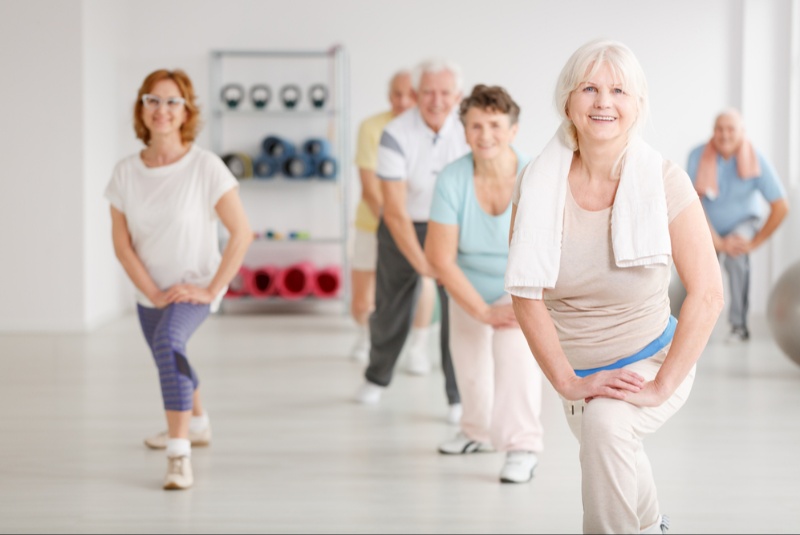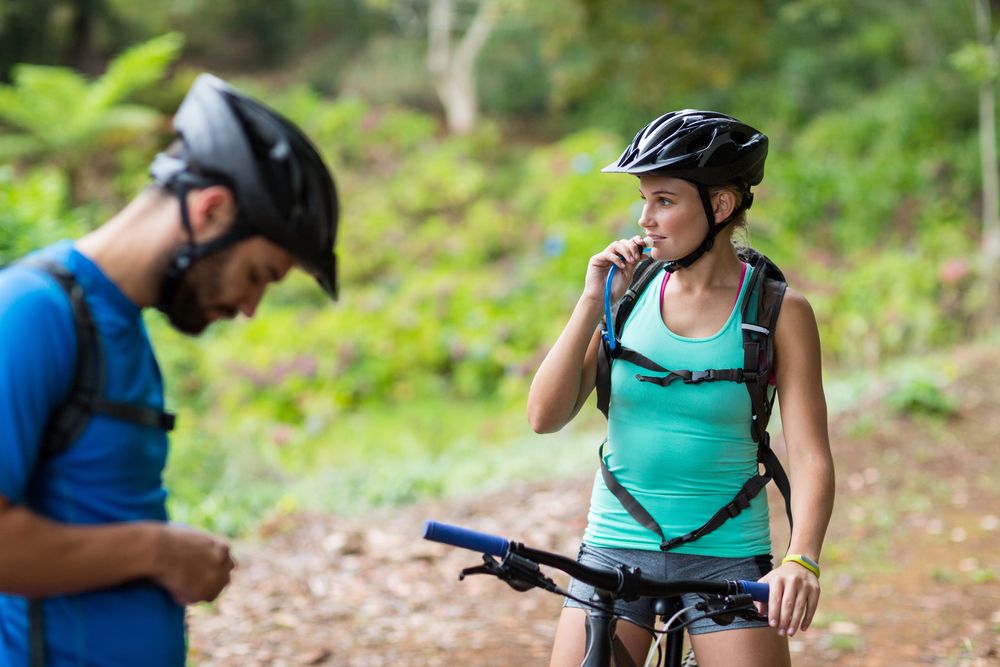Aging is an inevitable process, but how we age can differ remarkably from one person to another. One of the most empowering ways to influence our aging trajectory is through physical fitness. As we transition into our golden years, fitness doesn’t have to be about setting new personal records or achieving marathon feats. Instead, it can be about maintaining mobility, independence, and quality of life. Here's how seniors can embrace fitness and age gracefully.
Understanding the Significance
Physical activity is crucial for seniors for several reasons:
- Bone Density: As we age, our bones can become more brittle due to loss of density. Weight-bearing exercises like walking or weight training can help maintain bone strength and reduce the risk of fractures.
- Muscle Mass: Sarcopenia, or the loss of muscle mass with age, can result in weakness and loss of stamina. Resistance exercises can slow this process.
- Mobility and Balance: Regular exercise helps maintain joint function, flexibility, and balance, reducing the risk of falls.
- Mental Well-being: Physical activity has been linked to reduced risks of depression, cognitive decline, and dementia in seniors.
- Chronic Disease Management: Regular exercise can help manage diseases like diabetes, heart disease, and hypertension, among others.
Starting the Journey
For seniors who haven't been regularly active, it's essential to start slow. Here are some guidelines:
- Consultation: Before embarking on any fitness routine, it's paramount to consult with a healthcare provider, especially if one has chronic conditions or hasn’t been active for a while.
- Set Realistic Goals: Aim for small, attainable goals. This might mean walking around the block initially and then gradually increasing distance or time.
- Listen to Your Body: This cannot be emphasized enough. If something doesn’t feel right or if you experience pain (beyond typical muscle soreness), it’s essential to stop and consult a professional.

Choosing the Right Activity
- Walking: This is a straightforward, low-impact exercise that can be done anywhere. It's beneficial for cardiovascular health and muscle endurance.
- Water Aerobics: These classes are gentle on the joints, making them ideal for seniors. They also provide resistance, which helps build muscle strength.
- Tai Chi: Often described as “meditation in motion,” this ancient Chinese practice is excellent for balance, flexibility, and stress relief.
- Yoga: With its focus on flexibility and balance, yoga is especially beneficial for seniors. Look for classes labeled as “gentle yoga” or “yoga for seniors.”
- Strength Training: Using light weights or resistance bands can be instrumental in combating muscle and bone loss.
Staying Motivated
Consistency is the key. To stay motivated:
- Find a Buddy: Having someone to exercise with can be both motivating and social.
- Mix it Up: Don’t stick to one routine. Rotate between different activities to keep things fresh and engage various muscle groups.
- Track Progress: Keep a journal of physical activities. Noting down achievements can serve as a motivation booster.
Safety First
- Warm-Up and Cool Down: Always start with a light warm-up and finish with a cool-down period to prevent injuries and aid muscle recovery.
- Stay Hydrated: Drink plenty of water before, during, and after exercise to keep muscles functioning correctly and to prevent dehydration.
- Wear Appropriate Gear: This includes comfortable clothing and supportive shoes.
- Know the Surroundings: If walking or exercising outside, be aware of the terrain. Avoid uneven surfaces or areas where there might be obstacles.
Aging gracefully isn't about avoiding the passage of time, but rather about embracing each moment with vitality and zest. Incorporating regular physical activity into our golden years ensures not just longevity but also a quality of life where we remain active participants in our stories. So, put on those sneakers, dive into that pool, or strike a yoga pose, and let your senior years be your best yet!




